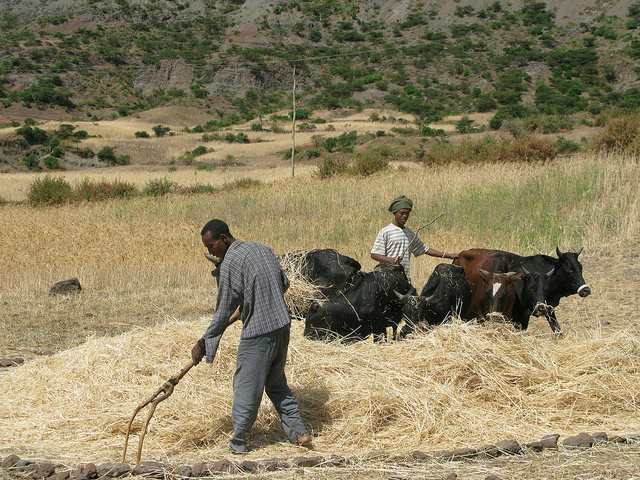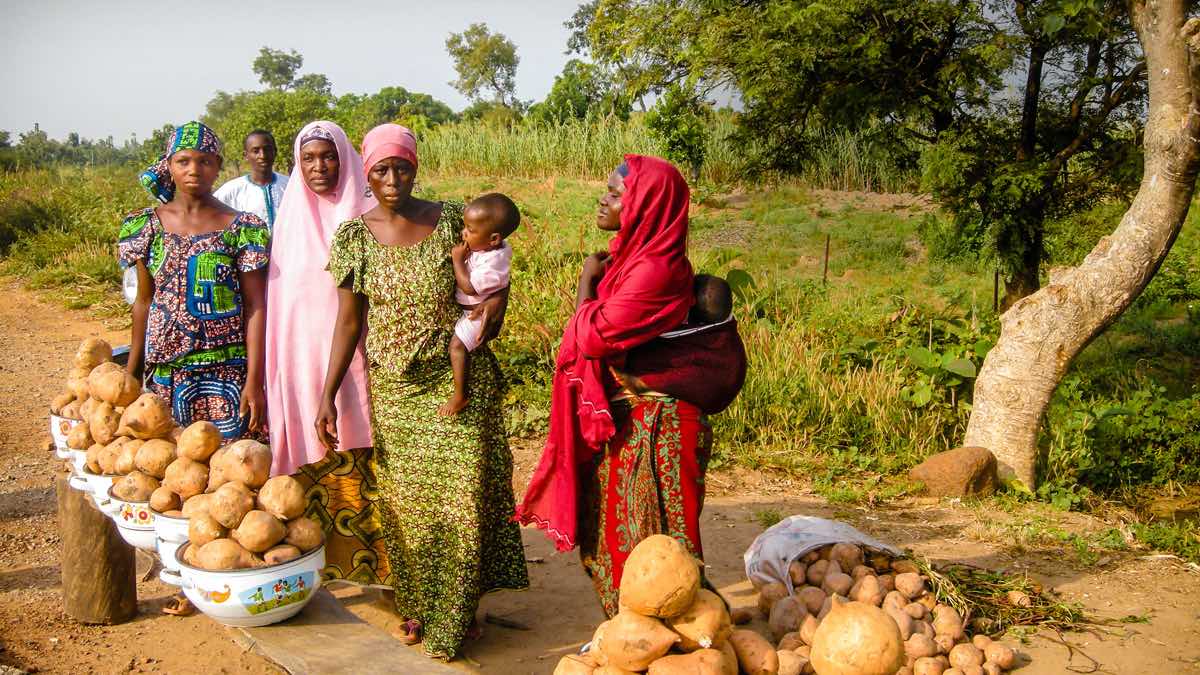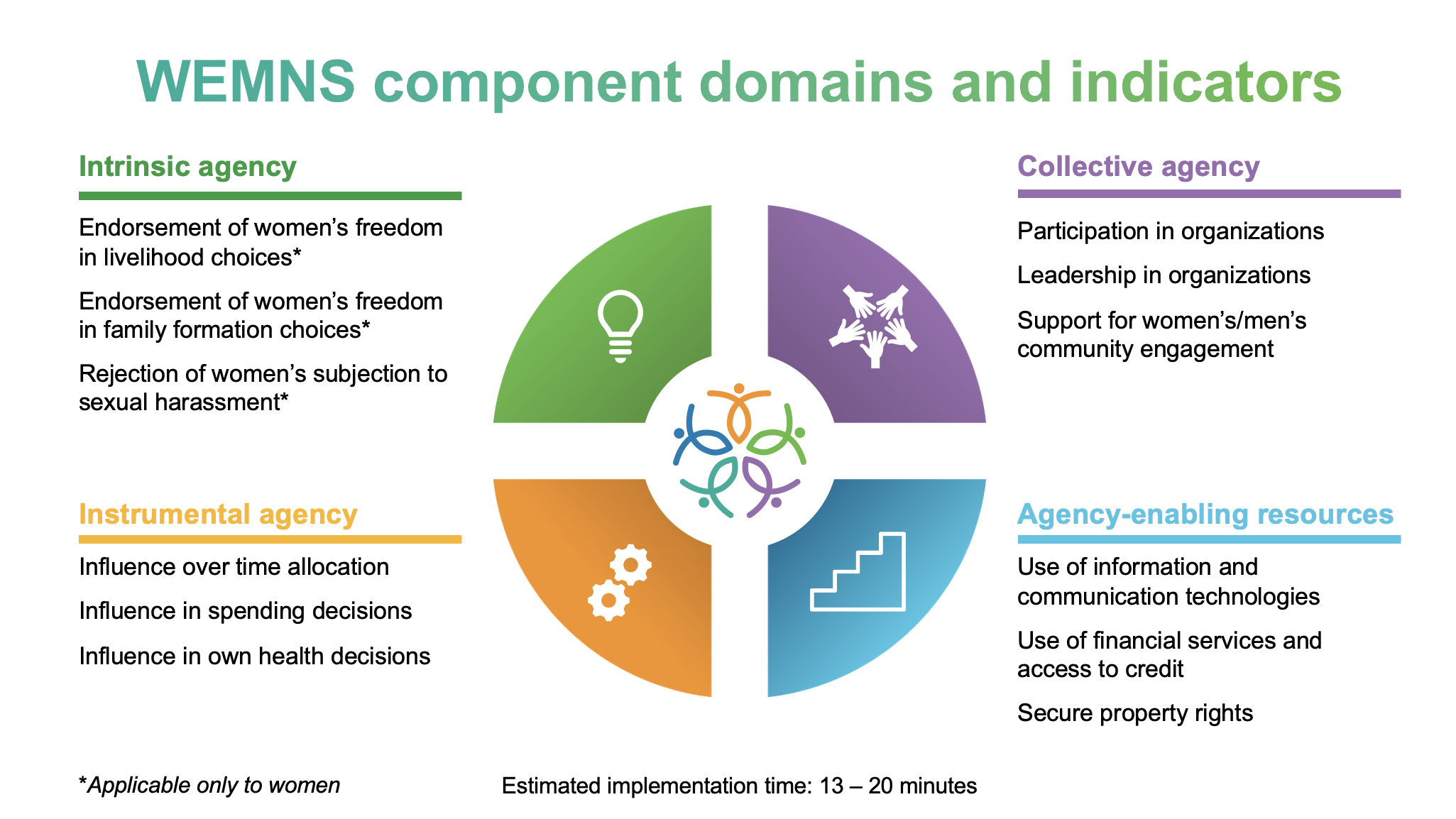It is a problem that extends far beyond the borders of a single country: Exponentially growing populations and a finite pool of resources needed to support them, including land, water, food and energy. In Ethiopia, expanding populations and shrinking land availability translate to smaller and smaller plots of farm land and waning incomes to match. Due to high fertility rates, each successive generation inherits less land than their parents once did.
According to United Nation estimates, the rural population of Ethiopia is projected to balloon to 90 million by 2030, with most people residing in the fertile highlands where limited land availability is already an issue. Advances in improved land and water management practices will likely prove inadequate to address the myriad challenges wrought by recent and future population growth and diminishing land availability and broader policy responses are needed to manage mounting pressures on land and water resources.
In their discussion paper Land Constraints and Agricultural Intensification in EthiopiaHeadey et al. examined how rural Ethiopians are adapting to the growing land scarcity as well as its impact on welfare. They also looked at how smallholders are using agricultural intensification as a means of coping with the increasing land pressures.
Analyzing data from a household survey of high-potential areas, the authors found that smaller farms were able to produce higher average cereal yields per hectare, but such productivity gains also involved higher costs of inputs in the form of fertilizers, pesticides and family labor. When the costs of additional family labor inputs were accounted for, however, the smaller farms were no more productive than larger farms. Moreover, farm sizes are closely related to net farm income, suggesting that land constraints are a strong driver of rural poverty. Researchers found that smallholder diversification and improved agricultural intensification could prove to be the path forward.
Recommendations include:
- Improving the productivity and profitability of existing cash crops and encouraging staple crop farmers to shift to crops of higher value;
- Seasonal employment to help provide income diversification for smallholders;
- A continued government expansion of funding for education;
- Reducing rural fertility rates via government family-planning programs, as a means of coping with population-resource pressure.
Related materials







